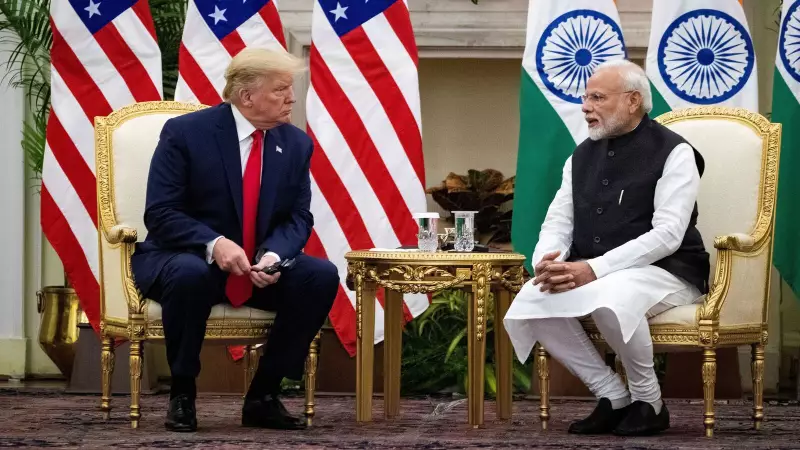
In a significant development for international trade relations, India and the United States are reportedly close to finalizing a comprehensive trade agreement that could dramatically reduce tariffs on hundreds of products. This long-awaited deal marks a major breakthrough in bilateral trade discussions that have been ongoing for several years.
What the Trade Deal Entails
The proposed agreement focuses on substantial tariff reductions across more than 200 product categories, creating new market access opportunities for businesses in both countries. According to sources familiar with the negotiations, the deal addresses longstanding trade barriers that have hampered the full potential of the India-US economic partnership.
Key Benefits for Indian Exporters
Indian exporters stand to gain significantly from this agreement, particularly in sectors where the country has competitive advantages:
- Reduced tariffs on agricultural products and processed foods
- Improved market access for textiles and apparel
- Lower barriers for engineering goods and automotive components
- Enhanced opportunities for pharmaceutical exports
Advantages for US Businesses
American companies exporting to India will also benefit from the agreement through:
- Reduced import duties on high-tech equipment
- Better market conditions for agricultural commodities
- Improved intellectual property protections
- Streamlined regulatory processes
Strategic Importance
This trade deal represents more than just economic benefits—it strengthens the strategic partnership between the world's largest democracy and its most powerful economy. The timing is particularly significant as both nations seek to diversify their trade relationships and build more resilient supply chains in the post-pandemic era.
Industry experts believe the agreement could serve as a foundation for even broader economic cooperation in the future, potentially paving the way for a more comprehensive free trade agreement.
Economic Impact
The tariff reductions are expected to provide immediate relief to businesses facing competitive disadvantages due to high import duties. Both governments anticipate that the deal will stimulate economic growth, create jobs, and enhance consumer choice in their respective markets.
Trade analysts suggest that the successful conclusion of this agreement could increase bilateral trade volume by 20-30% within the first year of implementation, building on the already substantial $160 billion trade relationship.
Next Steps
While the broad contours of the agreement have been finalized, both sides are working to resolve remaining technical issues. Official announcements are expected once the legal text is completed and approved by the respective governments.
The business communities in both countries are eagerly awaiting the formal announcement, which could come as early as the next few weeks, according to informed sources monitoring the negotiations.





